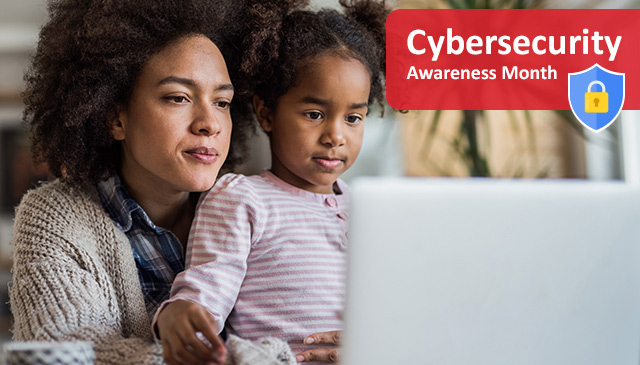
Why is managing your online privacy a concern?
Everyone can agree that privacy matters. In today’s digital world keeping prying eyes away from your private data has become a daunting task. Every time you browse, talk online, and type, your activity is being tracked, monitored and analyzed. Your personal information is being collected, siphoned off, and sold from business to business, with a plethora of aggregated data resting on severs all around the world.
What can you do to protect online privacy?
One must take a few simple steps to ensure some basic changes. There are several smart ways to help protect your privacy online. You can start by not oversharing your information on social media. Providing too much information on Facebook, Twitter, and Instagram could make it easier for attackers to obtain personal information, which could allow them to steal your identity or to access your financial information. For example, could an identity thief determine your favorite color or the street you grew up on from digging through your Facebook account? If so, you may want to reconsider your answers. This information is sometimes used as security questions to change passwords on financial accounts.
When you interact online you can begin to take back control of your digital privacy to protect private data. It’s not necessary for you to have technical know-how, as anyone can do it. You will just need a little bit of time and effort to know what to look for.
Tips for online privacy
- Protect Your Accounts with a Password Manager
- Stay Safe on Public Wi-Fi Networks with a VPN
- Browse the Web Anonymously with a Private Browser
- Browse the Web Securely with HTTPS Everywhere
- Block Ads and Trackers with an Ad Blocker
- Search the Web Anonymously with a Private Search Engine
- Protect Your Messages and Emails with Encrypted Messaging
- Protect Your Home Wi-Fi Network
- Update the Privacy Settings on Your Social Media Accounts
- Be Wary of Smart Devices
- Check Your Phone’s Location Sharing Settings

